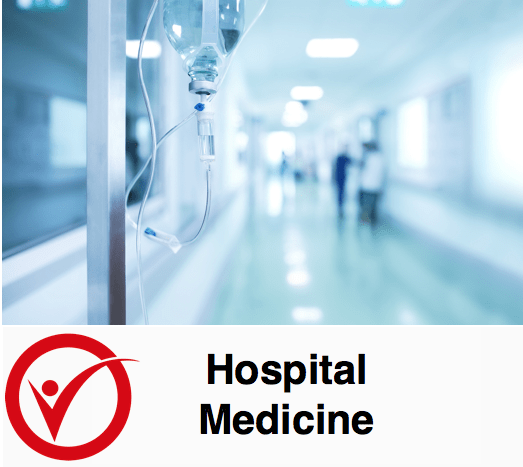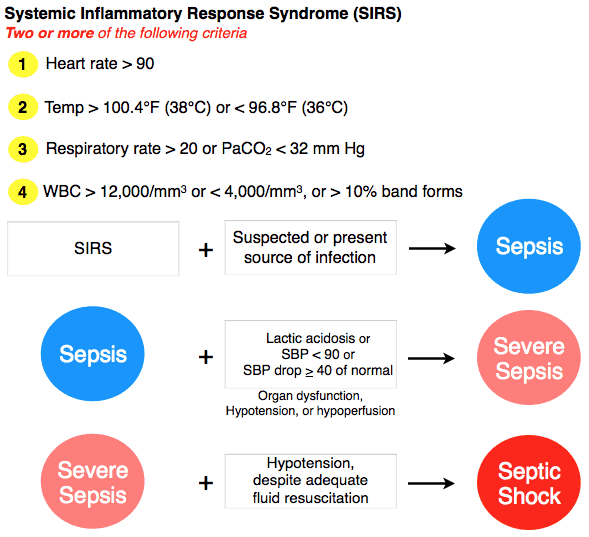Hospital Medicine Module For the ABFM Certification Exam Is Now Ready

Introducing the new ABFM Hospital Medicine Content-Specific Module, available to Family Medicine residents, residency programs, and practicing physicians. This module is best suited for Family Medicine physicians looking for a focused, high-yield Qbank review for ABFMs Content-Specific Modules required during the certification exam. This content is novel, and not included in Rosh Review’s main Family Medicine Qbank or mock exams.
Family Medicine programs that subscribe to Rosh Review also gain access to the Content-Specific Modules in their PD Dash.
Categories include:
- Pre-operative and Post-surgical care
- Infectious diseases
- Cardiovascular diseases
- Fluid management
- Respiratory failure
- Discharge management
Content is organized by task:
- History and Physical
- Diagnostic studies
- Diagnosis
- Health maintenance
- Clinical intervention
- Clinical therapeutics
- Scientific concepts
Here is an example:
Patients are clinically in septic shock if they meet the criteria for sepsis and also have which of the following characteristics?
A. A lactate concentration above 2 mmol/L, and require vasopressors to maintain a mean arterial pressure of at least 65 mm Hg despite adequate fluid resuscitation
B. A lactate concentration above 2 mmol/L, and require vasopressors to maintain a systolic blood pressure of at least 90 mm Hg despite adequate fluid resuscitation
C. A platelet concentration below 20,000/mm^3, and require vasopressors to maintain a mean arterial pressure of at least 65 mm Hg despite adequate fluid resuscitation
D. Require vasopressors to maintain a systolic blood pressure of at least 90 mm Hg despite adequate fluid resuscitation
Answer A
Sepsis is defined as life-threatening organ dysfunction caused by a dysregulated host response to infection. Septic shock, a type of vasodilatory shock, is defined as sepsis that has circulatory, cellular, and metabolic abnormalities that are associated with a greater risk of mortality than sepsis alone. Clinically, septic shock includes patients who fulfill the criteria for sepsis and who also have the following: 1) a lactate concentration above 2 mmol/L (above 18 mg/dL), and 2) despite adequate fluid resuscitation, require vasopressors to maintain a mean arterial pressure of 65 mm Hg or greater. These criteria indicate tissue hypoperfusion and unrecoverable hypotension, resulting in multi-organ dysfunction and failure.
Although systolic pressure is usually drastically decreased in patients with septic shock, the mean arterial pressure is a better gauge of perfusion to vital organs than systolic blood pressure (B, D). A platelet concentration below 20,000/mcL (C) significantly increases the risk of morbidity and mortality in patients with sepsis, but this criterion is not included in defining patients in septic shock.
Since these categories and tasks are integrated into our improved performance and feedback page, you have access to robust data to help you fine-tune your studying and resources to help increase your Family Medicine Certification Exam score by 100 points.
Or visit the main Family Medicine Qbank page to learn about our ABFM Certification Qbank
Study on…
The Rosh Review Team
A bolus of confidence. A lifetime of knowledge.






Comments (0)